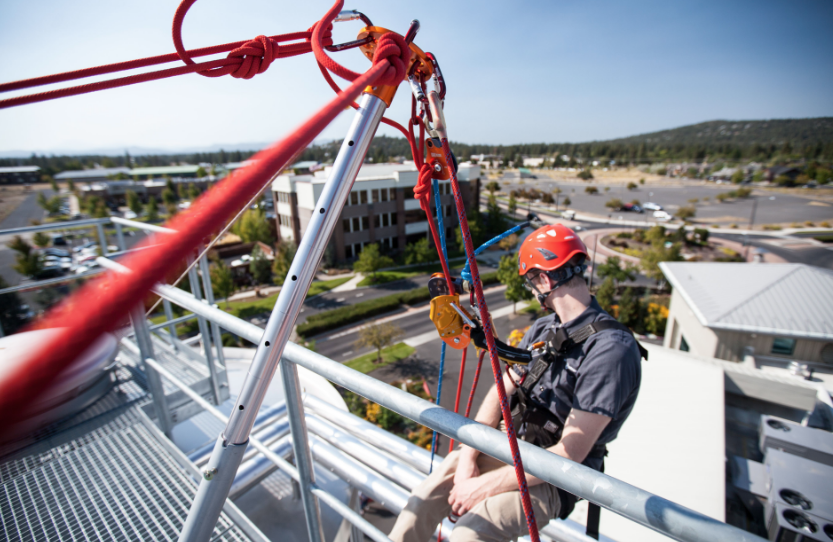Basic Mechanical Advantage Systems in Rescue Operations
Basic Mechanical Advantage Systems & Simple Pulley Setups For many rescue scenarios, simplicity is key. Basic MA systems, like the 3:1 “Z-rig,” use straightforward pulley configurations to achieve force multiplication. The Z-rig setup resembles a “Z” shape and can effectively reduce the amount of effort needed to lift a load. For instance, applying 100 pounds […]
Basic Mechanical Advantage Systems in Rescue Operations Read More »











